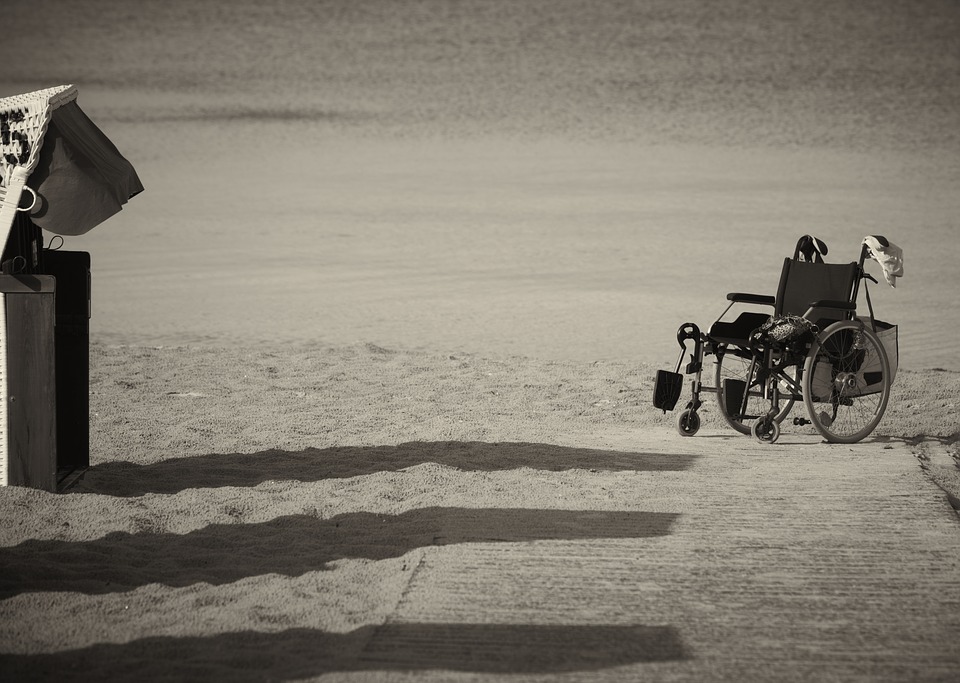The prevalence of disability in newborns is high compared to the age range from birth to two
years. This age group had a prevalence rate of 5.5 children with disabilities. In contrast, the
prevalence of disability in two- to five-year-olds was 3.9-7.3 and 4.4.4-6.4. The rate was
calculated on the basis of positive responses by the medical officers. There were no cases in the
5% negative group. Infection and accident were two of the most common causes.
The study also assessed the prevalence of disability in the population of 176,364 individuals.
The prevalence rate of disability in the population was 5.5 to 1000 for children younger than two
years old and 5.4 to 1,000 for those aged between two and five. 56 percent of the children with
disabilities were born males, while 68 percent were diagnosed at birth. This region had a 30
percent mortality rate for children younger than five years of age. The most common types of
disabilities were cerebral palsy, hemiplegia, and learning disability. There was more agreement
with the Ten Questions screen than the Signs of disability support melbourne among Infants and Newborns
questionnaire.
Prematurity is associated also with a high number of mental and/or emotional disabilities.
Among children less than two years of age, disability prevalence was 5.8 per 1000. This
included a higher percentage of disabled children among males. The area had a mortality rate of
approximately thirty per thousand live-born children. The most common disabilities were Down
syndrome, cerebral palsy, and autism.
The rate of disability prevalence among infants aged less than two years was 5.4/1000. This
was the case for children aged two to five years. The majority of the children were boys and most
of the disabled children were identified from birth. This area has a 30 percent mortality rate for
children aged 0-5 years. Although cerebral palsy has the highest prevalence, both screenings
showed better interrater cooperation when compared with the Signs of Disability for Infants and
Newborns questionnaire.

Mental and physical impairments are the most common signs of disability in newborns. The
severity of disability depends on gender. For example, low birth weight is associated with a
higher risk of developing autism. In some countries, there is even more disability. Autism affects
3.4 percent children in the local area. 56 percent of children under five have a disability. They are
typically diagnosed at birth. They can present as hearing loss, difficulty swallowing foods, or
other problems.
The signs of disability in newborns can be physical and mental. Some children may have
intellectual disabilities, while others may be born without them. Parents of these children may
need to provide support and care for their child. Parents need to be aware and alert to the signs
of a child’s disability. Most newborns’ appearance won’t be obvious. You, the parent, will not be
able to tell if your baby is healthy.
Pediatricians use the Signs of Disability in Infants and Newborns screening to determine if a
newborn has a disability. These results can help determine if there are any disabilities. In some
cases, the individual may be born with a disability. A person with a disability may have difficulty
speaking or swallowing. The severity of a newborn’s condition can be seen in their facial
expressions.
Despite the fact that many parents do not have specific knowledge of disability, the signs of
disability in newborns are very obvious. It is important to recognize a child’s disability early.
Parents or health care professionals may be able to spot the signs of disability in newborns.
Using a screening screen is a critical first step in diagnosis and management. It is an important
step in determining if there is a disability in a newborn.
